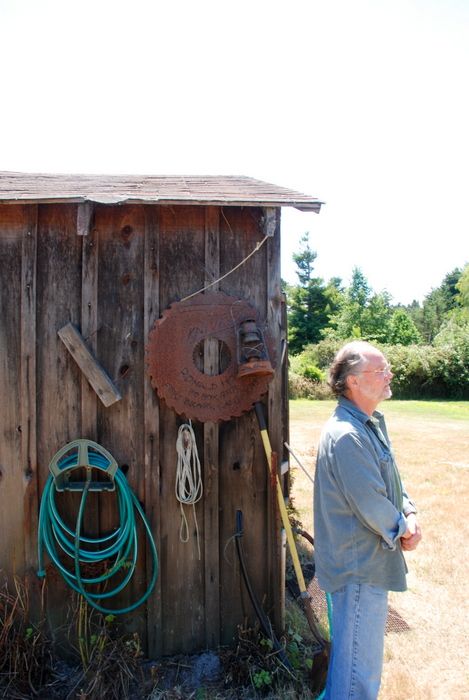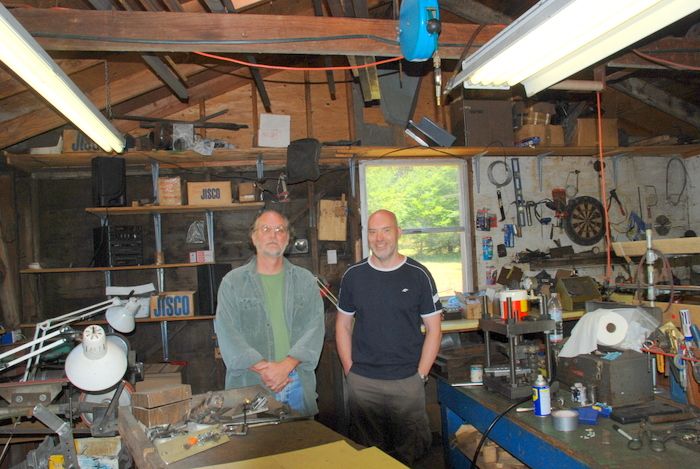J_SAMa":1dn7j767 said:
I'm sure (just speculating) that there were demands for thicker blades in Bailey planes back in the days when power tools weren't so common. Hard to believe that they were never made...
But personally I think cap irons make more significant differences. All a better blade does is bettering the edge retention.
It seems nobody bothered with heavier irons - judging from the fact that they don't turn up in old (steel) planes and it is never mentioned in any of the texts. It's a very recent fashion and not everybody is convinced it is worth the bother even now.
If you look at the Bailey design blade as a blade
assembly; blade, cap iron, lever cap, frog; then this is a heavy item as compared to the same thing in a wooden plane, and it is inserted into a heavy steel plane body. The weight is there - if that's what worries you! Add to this the convenience of sharpening a thin blade and it's a no brainer.


































